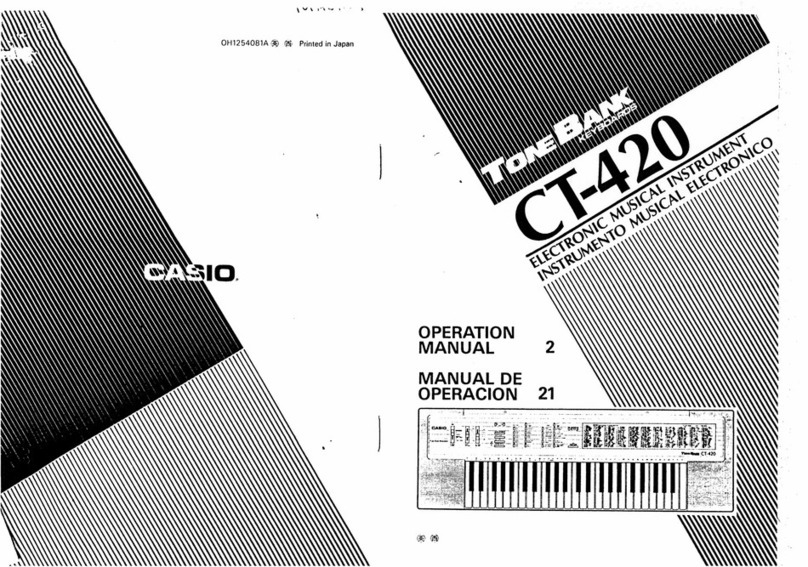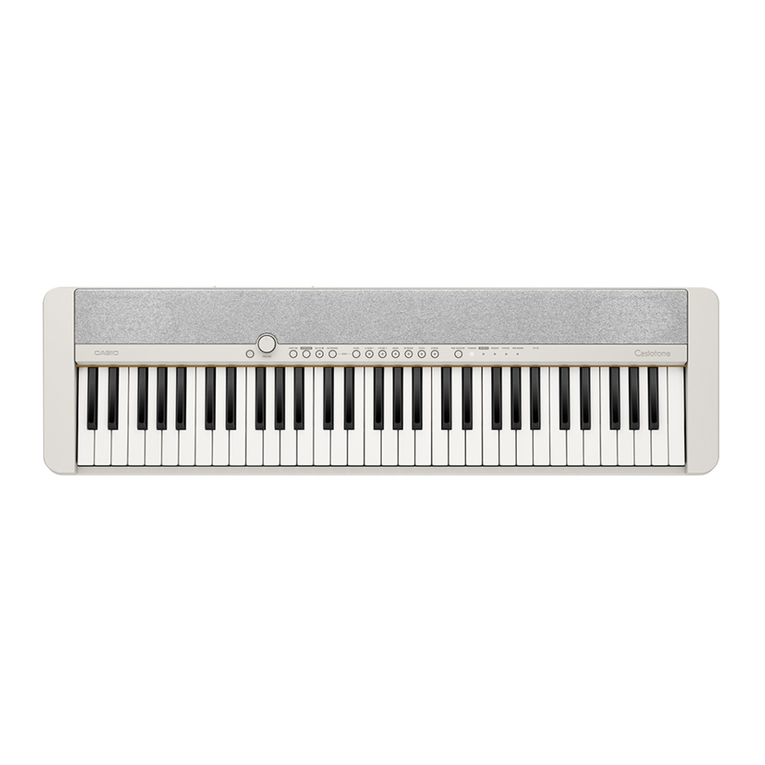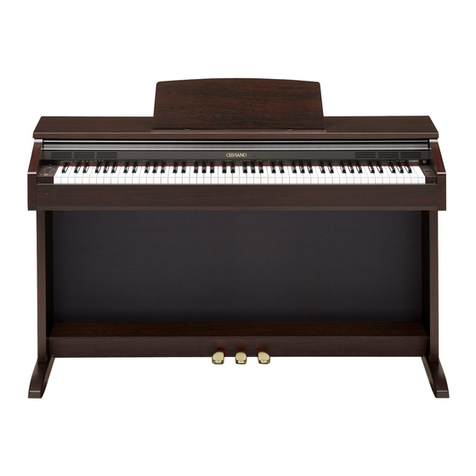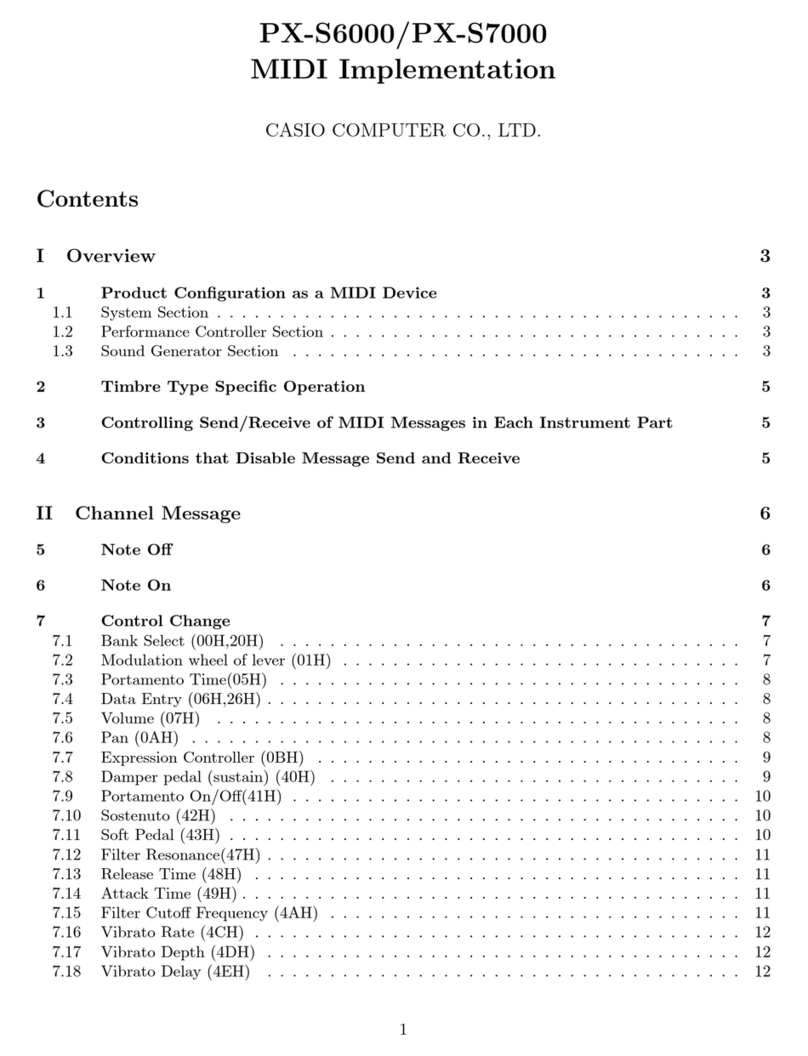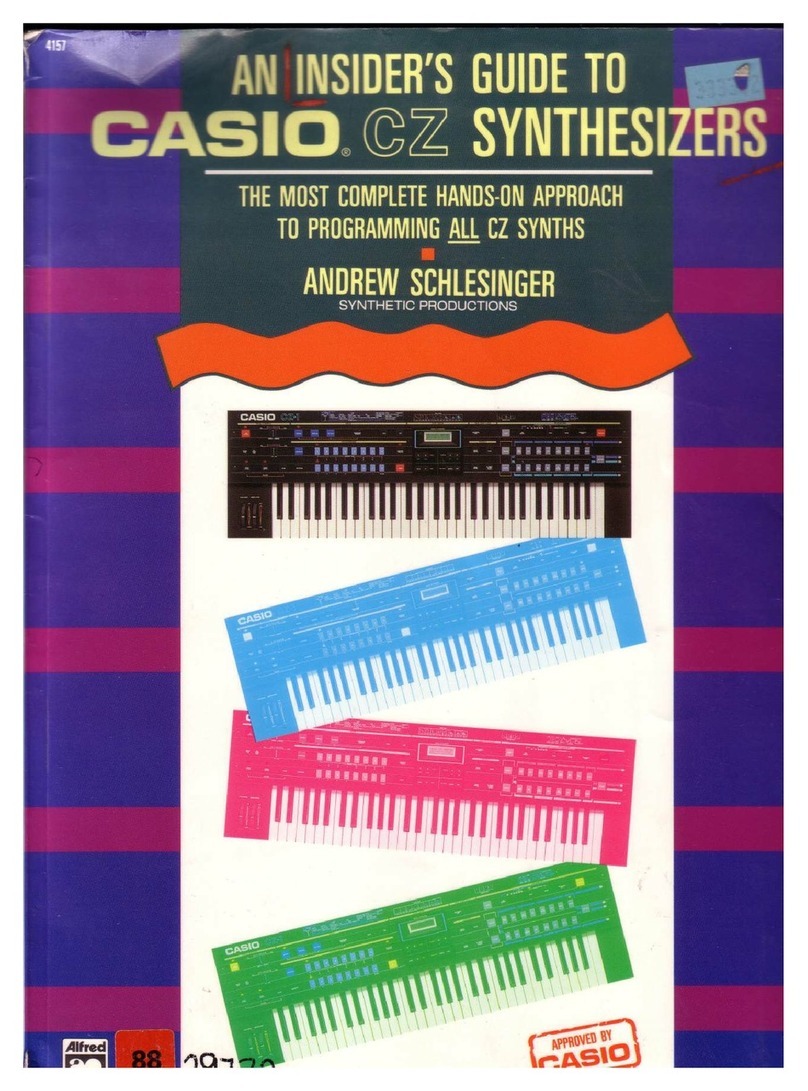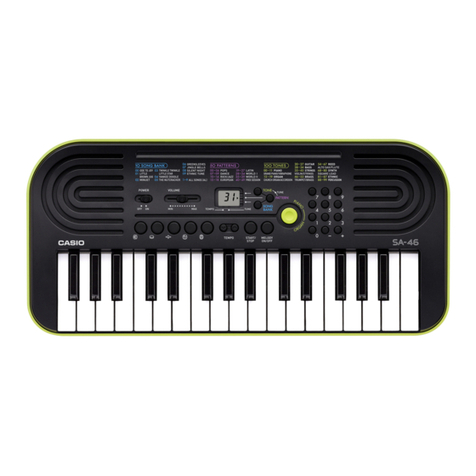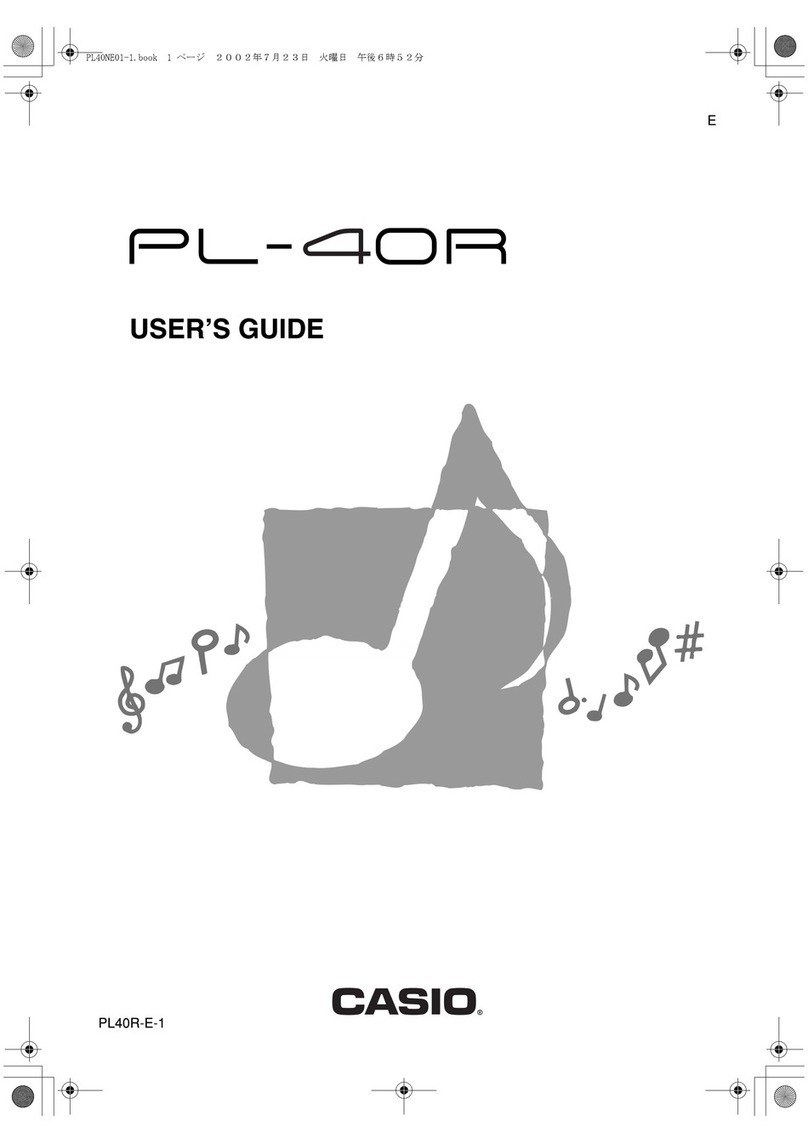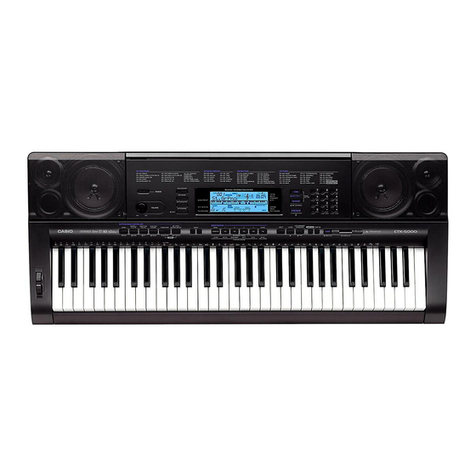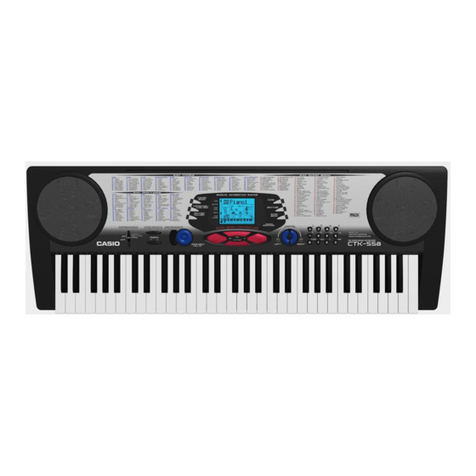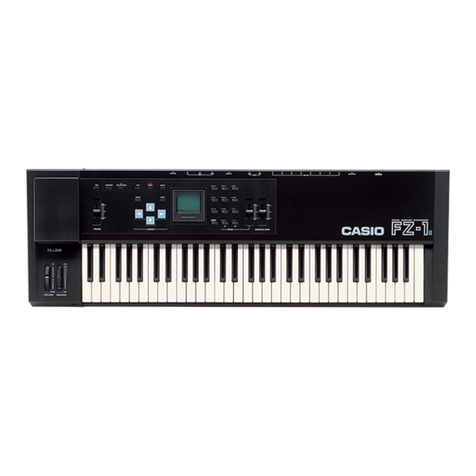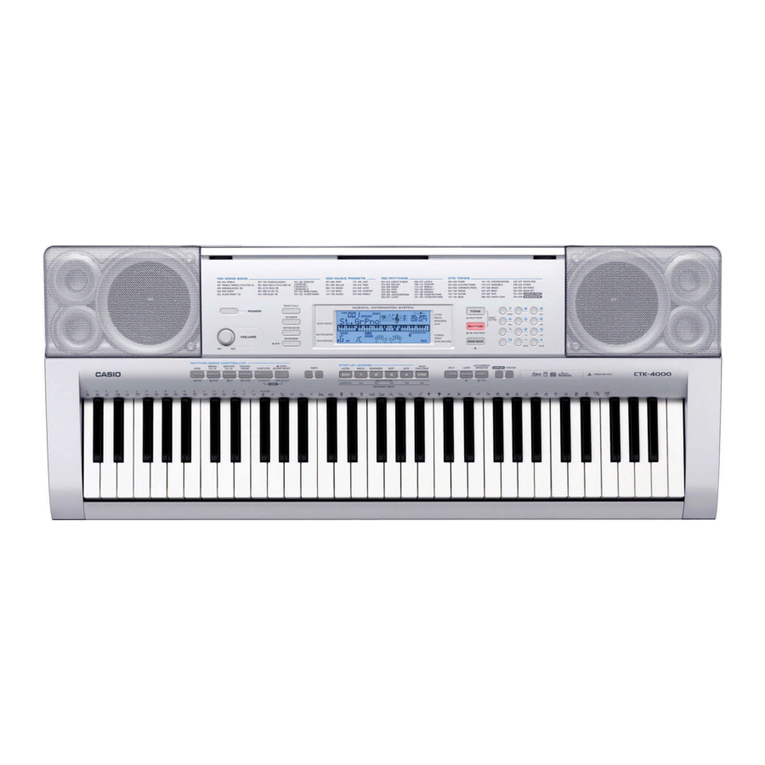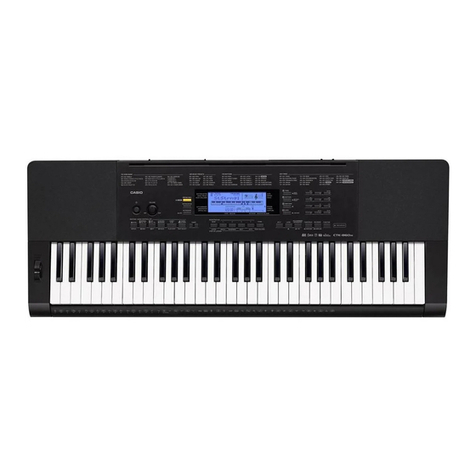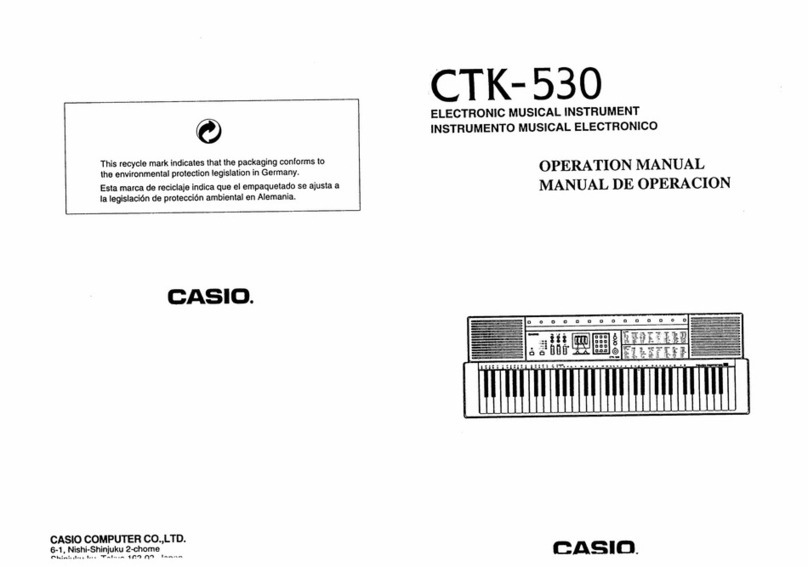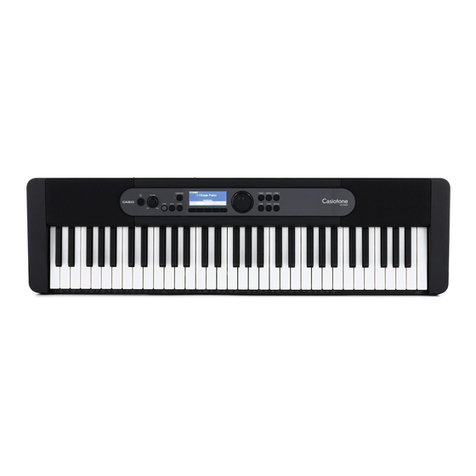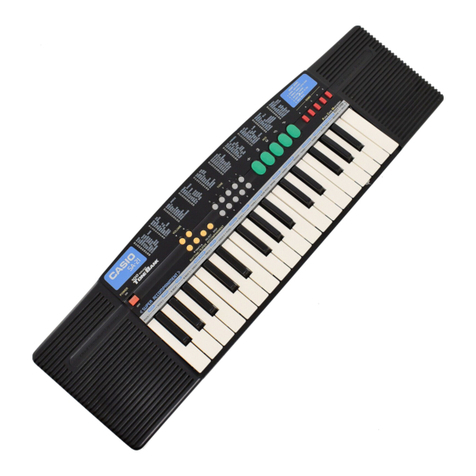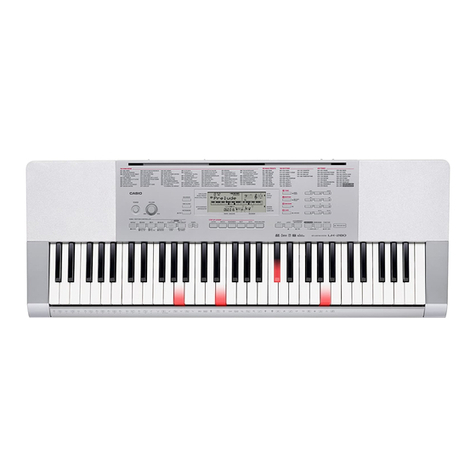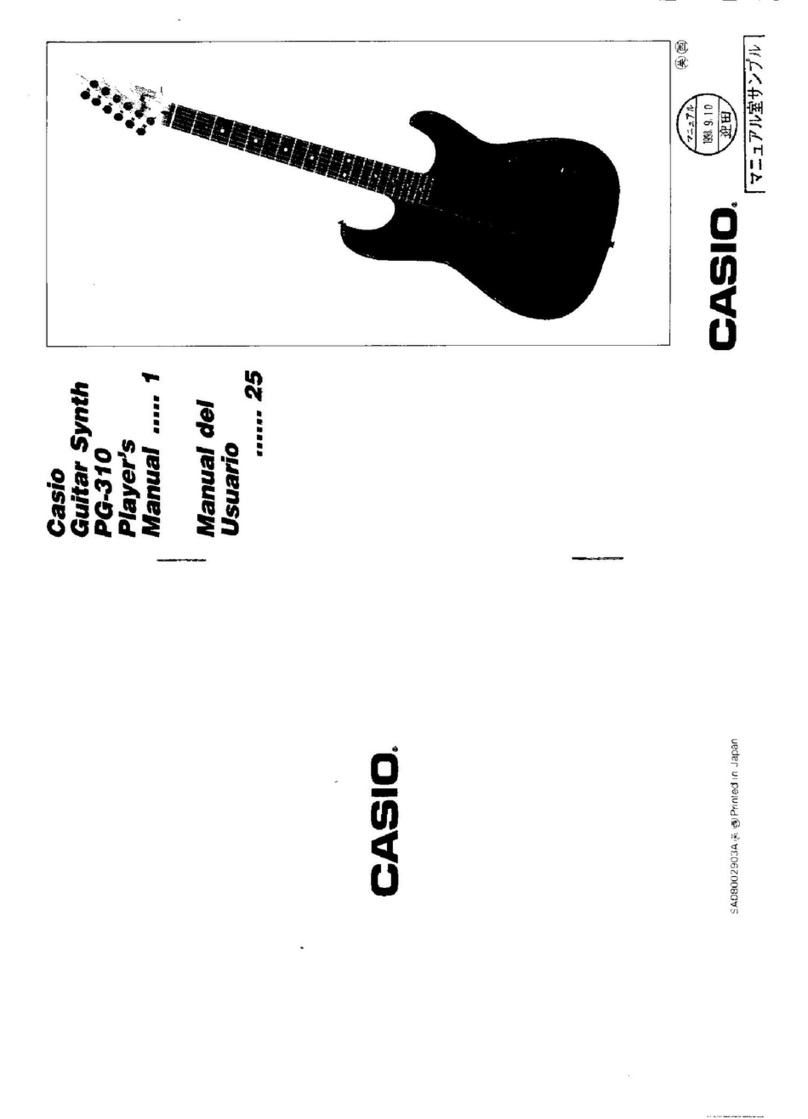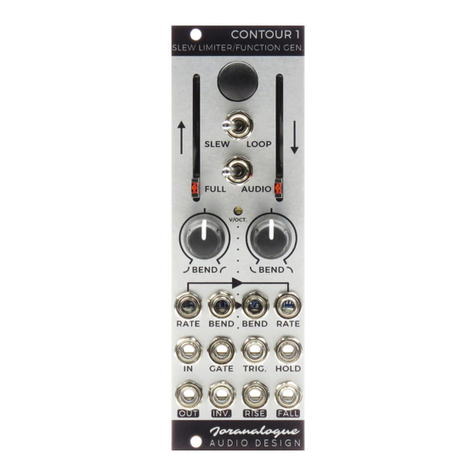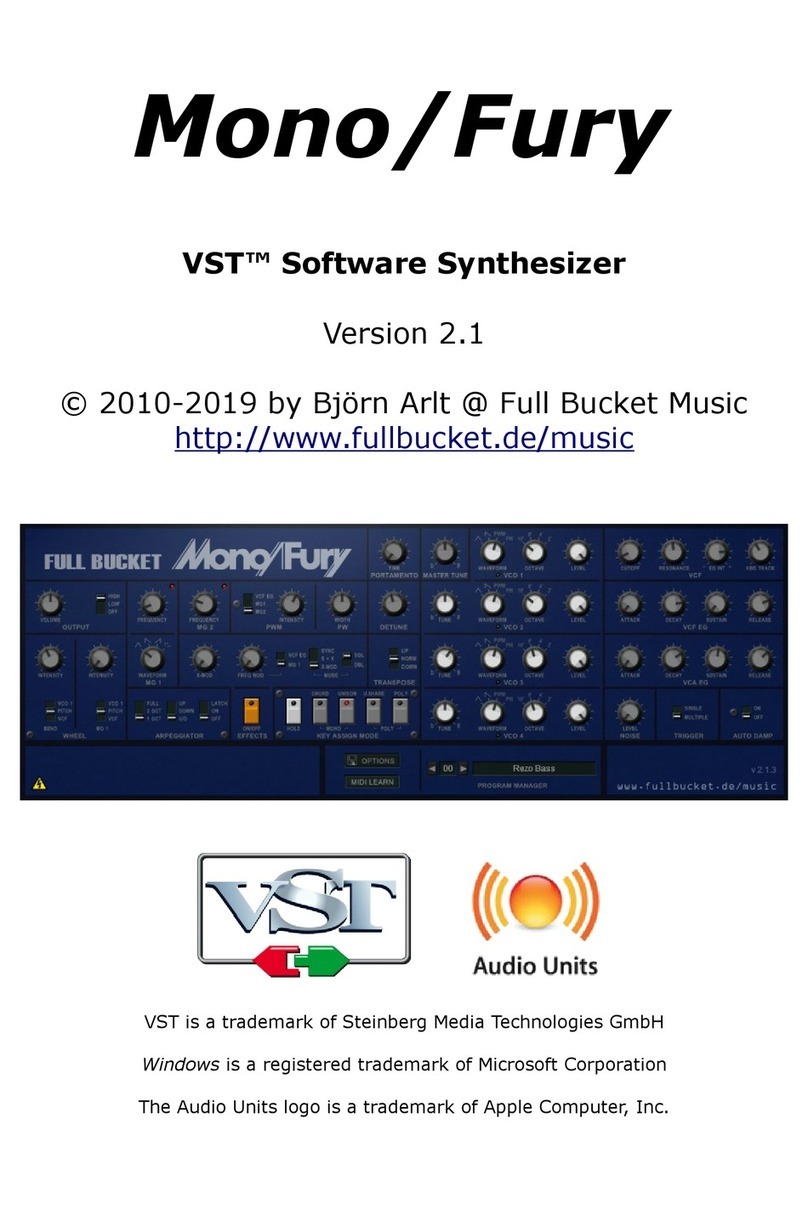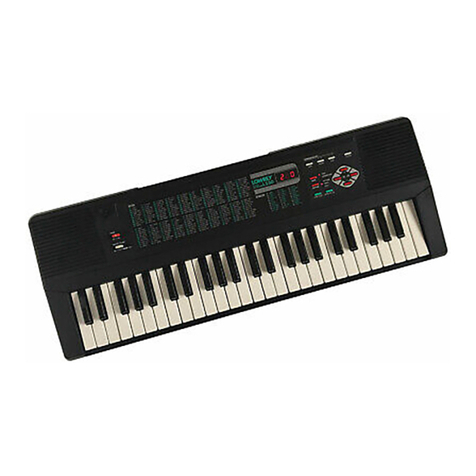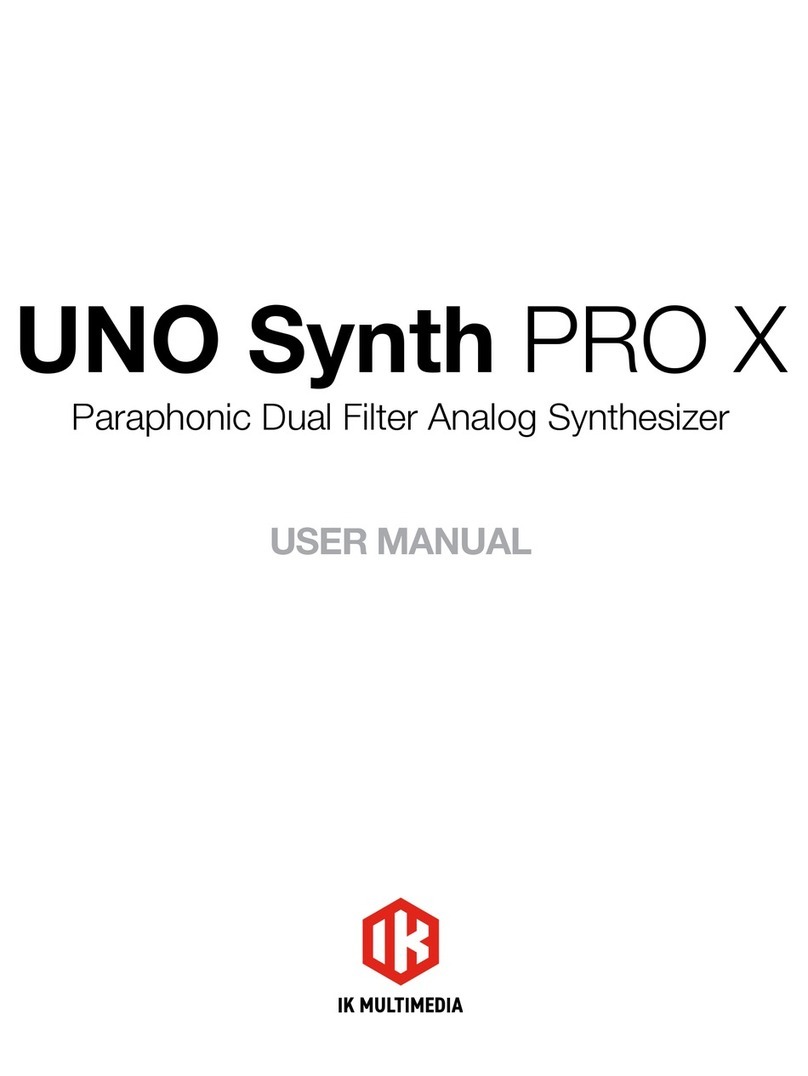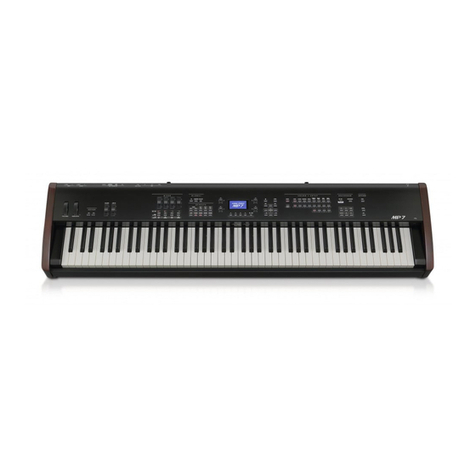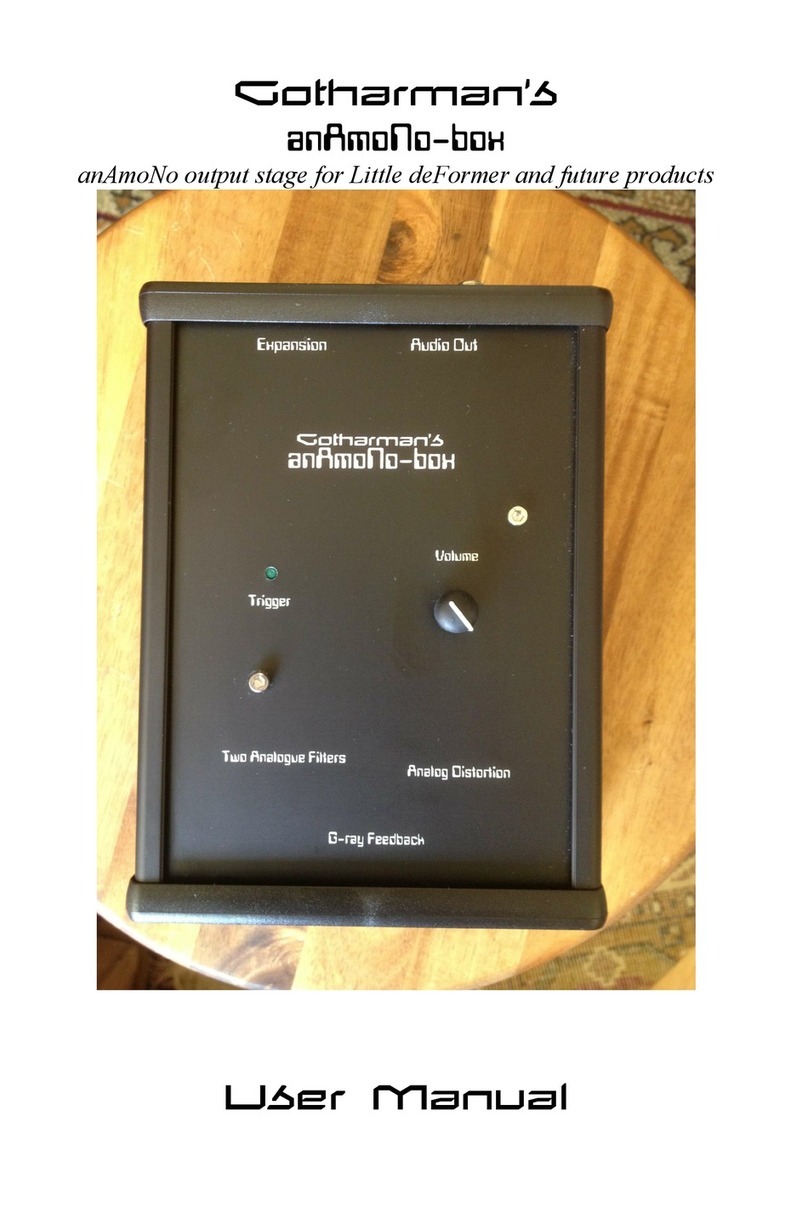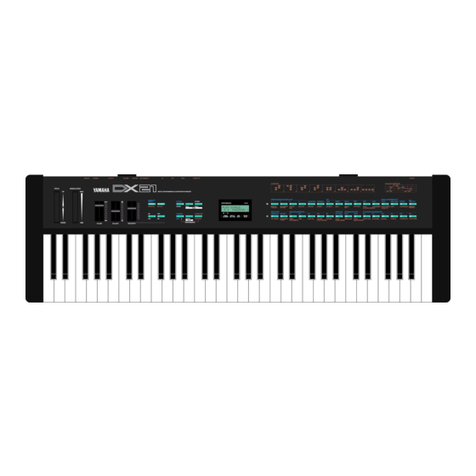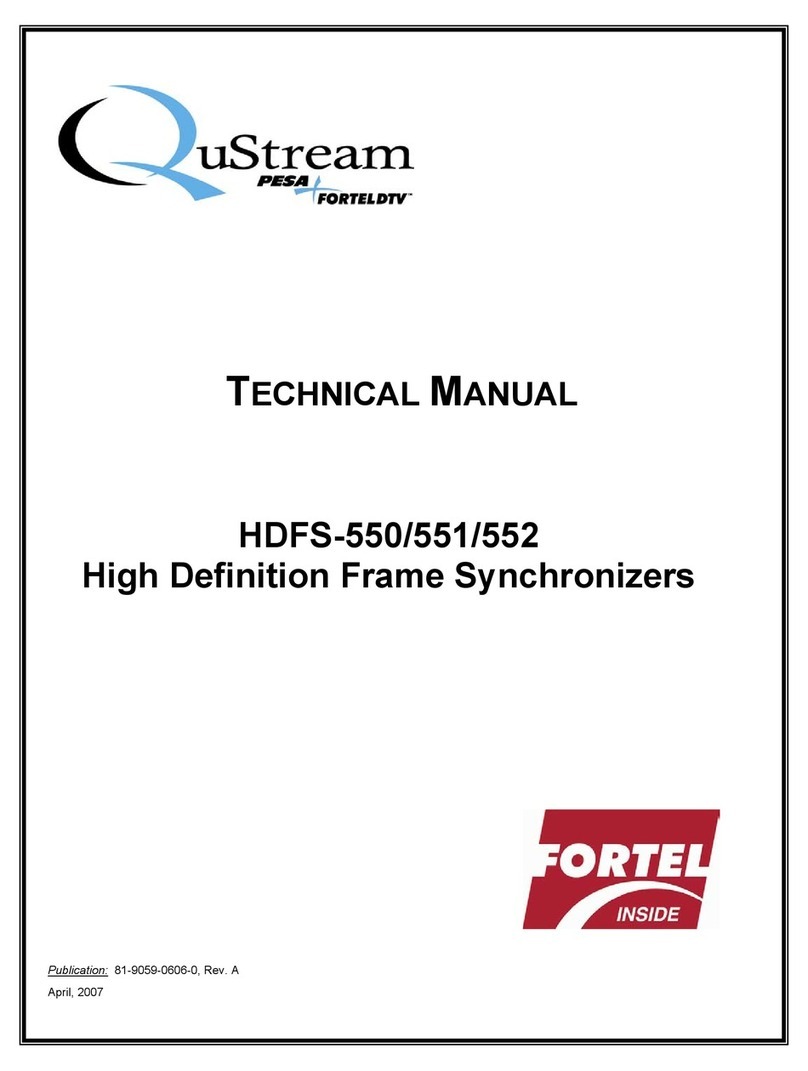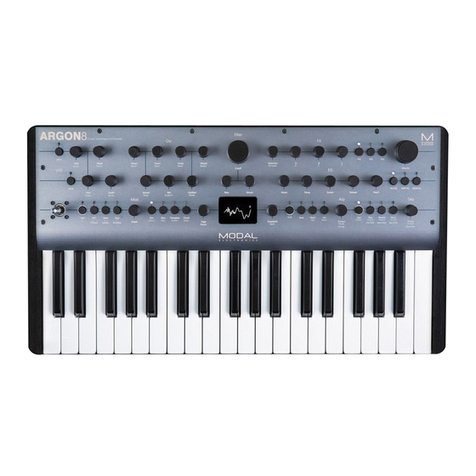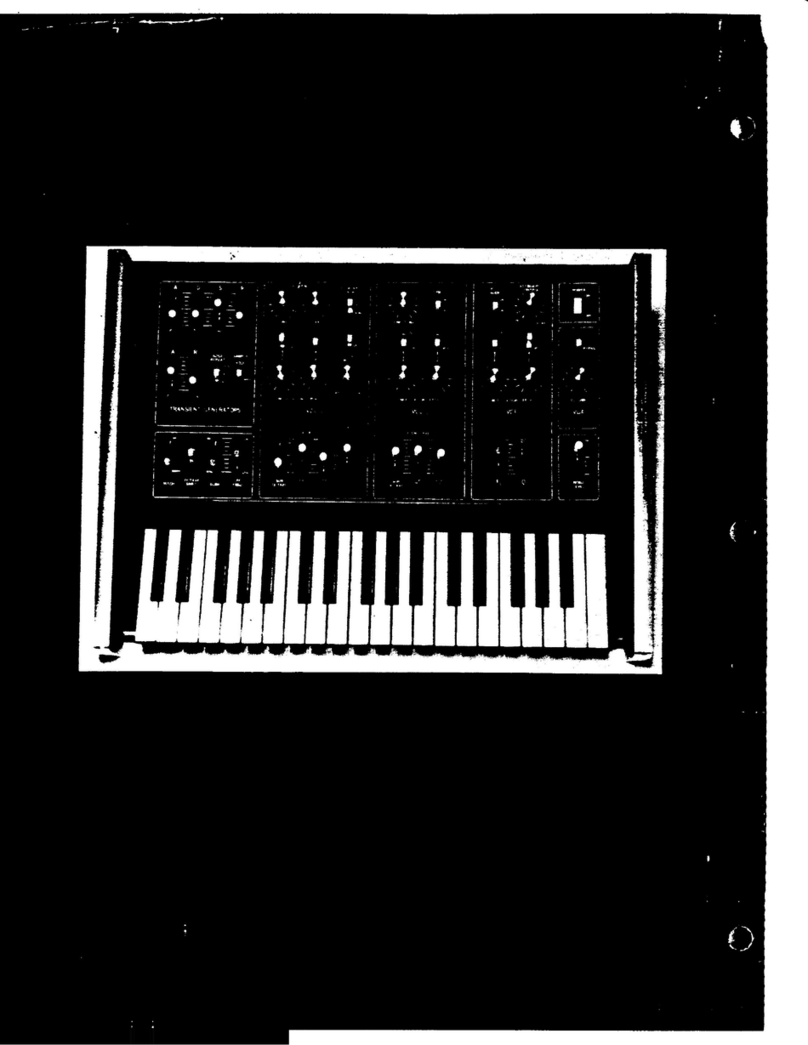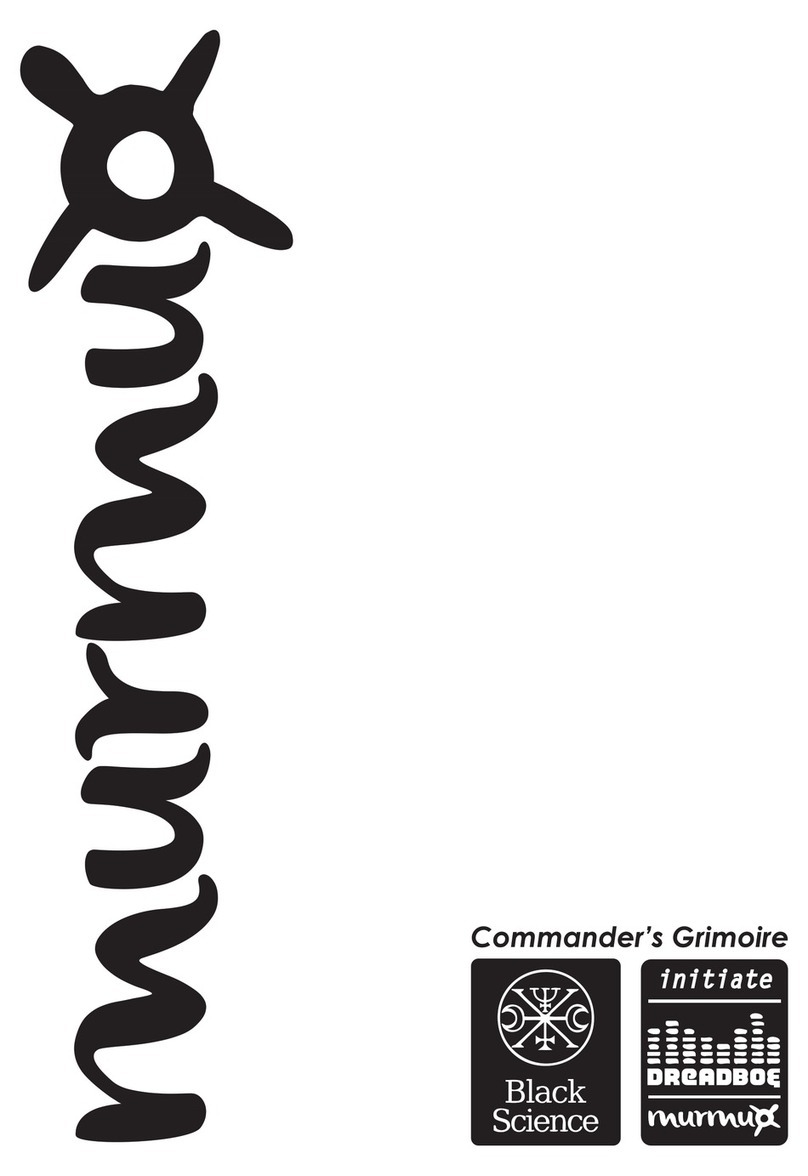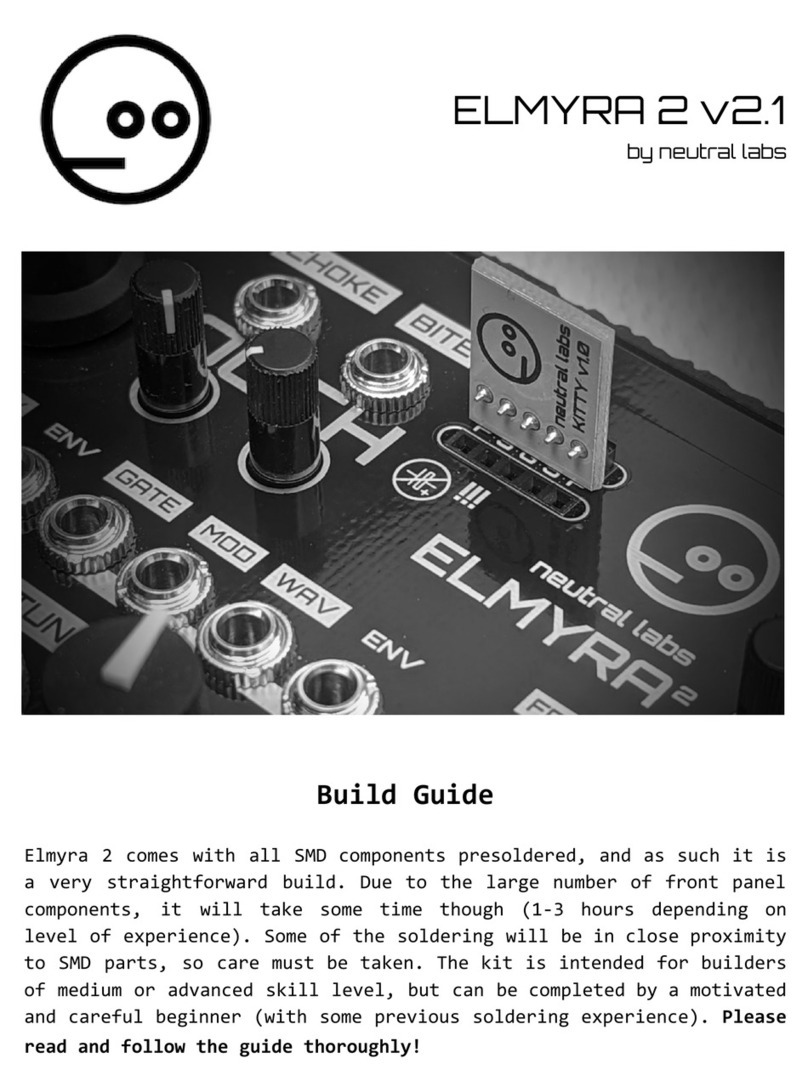
Selecting a Rhythm for Ensemble Play
To select a rhythm
Category No.
POPS 1 - 23
8 BEAT 24 - 29
16 BEAT 30 - 36
ROCK 37 - 57
DANCE 58 - 72
JAZZ 73 - 87
TRAD 88 - 98
LATIN ǀ 99 - 120
LATIN ǁ 121 - 137
WORLD ǀ 138 - 157
WORLD ǁ 158 - 190
COUNTRY 191 - 199
ENSEMBLE/ORCHESTRA 200 - 205
BALLAD 206 - 223
PIANO RHYTHMS 224 - 243
To play a rhythm
To change the pattern
Start the rhythm.
V1V2To insert a fill-in
Start the rhythm.
FILLTo insert an intro
I>V1
Start the rhythm.
To insert an ending
Start the rhythm.
ETo sound the accompaniment
pattern with chords
AC
Start the rhythm.
Use the chord input keyboard to play
chords.
Chord input keyboard
To start rhythm play as soon as you
play a chord
SYN.ST
Press the ACCMP button to display
AC. Next, play a chord on the chord
input keyboard.
Product Specifications
Model: CT-S500
Keyboard: 61 keys
Touch Response: 3 levels, Off
Maximum Polyphony: 64 notes
Tone Functions: 800 preset tones
Effects: Reverb (24 types, Tone, Off); Chorus (12 types, Tone); Delay (15 types, Tone);
Active DSP (100 types, Tone); Equalizer (10 types, User); Surround
Metronome: Bell sound off, 1 to 16 beats; Tempo Range: 20 to 255
Auto Accompaniment: 243 preset rhythms, 50 user rhythms, 243 one-touch presets,
INTRO, ENDING; chord input mode switching
Registration: Maximum 64 setups (4 setups × 16 banks), Registration sequence, Freeze
Demo Function: 1 Demo Song
Function Volume Adjustment: Metronome, Rhythm, Song
MIDI Recorder: Real-time Recording, Playback; Tone recording songs: 1 song, Rhythm
recording songs: 1 song, Multi-track recording songs: 5 songs, 6 tracks (1 system track,
5 solo tracks); Capacity: Approximately 40,000 notes (one song)
Sampling: 1 sampling melody, 1 sampling drum set, Sampling frequency: 44.1 kHz,
Sampling channels: stereo, Sampling bits: 16, Loop
Other Functions: Transpose (±1 octave, –12 to 0 to +12 semitones); Octave Shift (–3 to
0 to +3 octave); Tuning (A4 = 415.5 to 465.9 Hz; Default = 440.0 Hz), 12 Auto Harmonize
types; 150 Arpeggiator types; MIDI controller
Pitch Bend Wheel: 0 to 24 semitones
Control Knobs: 3, Knob parameter control
APP Function: iOS, Android supported (connected via the USB terminal)
MIDI: 16-channel multi-timbre receive; GM Level 1 standard
Input/Output Terminals: PHONES jack: Stereo mini jack (3.5mm); LINE OUT jack:
Standard jack (6.3mm) × 2; AUDIO IN jack: Stereo mini jack (3.5mm) (Input impedance:
10kΩ, Input sensitivity: 200mV); USB TO HOST port: micro B; USB TO DEVICE port:
Type A; PEDAL 1 jack: Standard jack (6.3mm) (pedal sustain, sostenuto, soft, start/stop,
fill-in, arpeggiator hold, registration sequence): PEDAL 2/EXPRESSION jack: Standard
jack (6.3mm) (expression, master volume, balance, tempo)
Power Jack: 12VDC
Power Supply:
2-way power supply; Auto Power Off (30-minute trigger time; Can be disabled)
Batteries: 6 AA-size alkaline batteries or AA-size rechargeable nickel metal hydride
batteries; Approximately 3 hours (alkaline batteries) or approximately 3 hours (nickel
metal hydride batteries) continuous operation*
*Measured values while using eneloop batteries.
eneloop is a trademark of Panasonic Corporation.
●Actual continuous operation time may be shorter due to battery type, performance type,
and usage environment.
●Specifying the wrong battery type can cause incorrect display of the battery level and
sudden loss of power.
AC Adaptor: AD-A12150LW (JEITA Standard, with unified polarity plug)
Speakers: 13 cm × 6 cm (oval) × 2 (Output: 2.5W+2.5W)
Power consumption: 12V =7.5 W
LCD: Adjustable contrast
Dimensions: 93.0(W) × 25.8(D) × 9.1(H) cm (36 5/8 × 10 3/16 × 3 9/16 inch)
Weight: Approximately 4.7 kg (10.4 lbs) (Excluding batteries)
Specifications and designs are subject to change without notice.
Recording Your
Performance
or
Play what you want to record.
This starts recording.
Stop recording.
Playback your recording.
Configuring Function Settings
Display SETTING.
Select a function.
Function name
For information about functions, refer to
the User’s Guide available on the CASIO
Website.
Change the setting value.
Setting
Example: To specify the battery type
Alkaline: Alkaline batteries
Ni-MH: Rechargeable nickel metal
hydride batteries
To initialize a setting
Select “All Initialize”.
This causes a re-start.
●Any reproduction of the contents of this manual, either in part or its entirety, is prohibited.
Except for your own, personal use, any other use of the contents of this manual without
the consent of CASIO is prohibited under copyright laws.
●IN NO EVENT SHALL CASIO BE LIABLE FOR ANY DAMAGES WHATSOEVER
(INCLUDING, WITHOUT LIMITATION, DAMAGES FOR LOSS OF PROFITS,
BUSINESS INTERRUPTION, LOSS OF INFORMATION) ARISING OUT OF THE USE
OF OR INABILITY TO USE THIS MANUAL OR PRODUCT, EVEN IF CASIO HAS BEEN
ADVISED OF THE POSSIBILITY OF SUCH DAMAGES.
●The contents of this manual are subject to change without notice.
●Company and product names used in this manual may be registered trademarks of others.
Declaration of Conformity
Model Number: CT-S500
Trade Name: CASIO COMPUTER CO., LTD.
Responsible party: CASIO AMERICA, INC.
Address: 570 MT. PLEASANT AVENUE, DOVER, NEW JERSEY 07801
Telephone number: 973-361-5400
This device complies with Part 15 of the FCC Rules, Operation is subject to the
following two conditions:
(1) This device may not cause harmful interference, and (2) this device must accept any
interference received, including interference that may cause undesired operation.
A labels rating is affixed to the bottom of the product.
Functions Not Covered in This Manual
These instructions provide general information about main functions.
For more detailed information, refer to the “User’s Guide”.
https://support.casio.com/global/en/emi/manual/CT-S500/
The “User’s Guide” includes information on the topics listed
below.
●Saving a Setup (My Setup)
●Saving and Recalling Setups (Registration)
●Changing the Pitch in Octave Units (Octave Shift)
●Changing the Pitch in Semitone Units (Transpose)
●Changing the Scale (Scale Tuning)
●Playing with a More Expanded Sound
(Surround)
●Changing the Volume Balance Between
Keyboard Play and Rhythm Play (Balance)
●Making Transitions Between Upper Part
Notes Smoother (Upper Portamento)
●Other
MA2107-C Printed in China
C
Registering and Recalling Performance Setups
To register a setup
Select a bank.
To recall a setup
Select a bank.
Using Knobs to Change the
Tone
K1 knob
K3 knob (left side of product)
K2 knob
K1 knob: Cut off (initial default)
K2 knob: Resonance (initial default)
K3 knob: Modulation (initial default)
●Enabling Active DSP switches to special
Active DSP settings.

